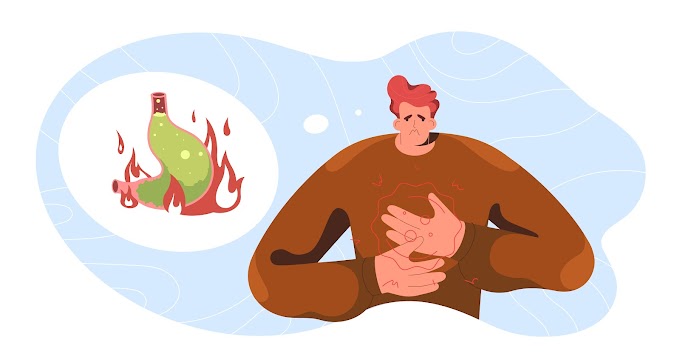At the same time, Ayurveda, a 5,000-year-old holistic healing science, offers time-tested strategies for digestion, metabolism, and personalized wellness. While most health content keeps these worlds separate, combining them may unlock a powerful path to long-term weight management and overall vitality.
Why Pair Ayurveda with Anti-Obesity Medications?
Many AOM users report common side effects such as nausea, bloating, or reduced appetite. While medications manage physiological pathways like GLP-1 signaling, Ayurveda approaches health by optimizing digestion (Agni), balancing bodily systems (Doshas), and building sustainable lifestyle habits.
Pairing both approaches helps users address the full spectrum of weight loss—from pharmacological benefits to holistic, long-lasting change.
1. Ayurvedic Strategies to Combat Nausea & Digestive Discomfort
Side effects like nausea and sluggish digestion are commonly reported during AOM use. Ayurveda views these symptoms as signs of an imbalanced digestive fire (Agni). To support Agni:
- Triphala: A blend of three fruits that supports gentle detox and digestive regularity.
- Ginger Tea: Known to soothe nausea and boost digestive enzymes.
- Cumin, Fennel, Coriander: Add these spices to meals or drink them as a tea to relieve gas and bloating.
These natural remedies help align digestion with the metabolic changes initiated by AOMs, reducing discomfort and enhancing nutrient absorption.
2. Balancing Agni: Ayurvedic Diet Tips During AOM Treatment
While AOMs suppress appetite, Ayurveda encourages mindful eating to maintain gut strength and energy. Here’s how to balance Agni during treatment:
- Eat warm, freshly cooked foods—easy to digest and rich in prana (life energy).
- Incorporate bitter greens like kale or fenugreek to support liver detox and metabolism.
- Chew food slowly and eat without distractions to foster awareness and satiety.
These small shifts allow the body to maximize the nutritional impact of reduced meals, preventing deficiencies and fatigue.
3. Beyond the Scale: Sustainable Weight Management Post-AOMs
Once medication is stopped, many struggle to keep weight off. Ayurveda shines here by promoting long-term wellness through daily routines (Dinacharya), stress reduction, and detox cycles (Panchakarma).
- Abhyanga (Self-Oil Massage): Calms the nervous system and supports lymphatic detoxification.
- Morning rituals: Tongue scraping, warm lemon water, and light yoga stabilize energy and metabolism.
- Seasonal cleanses: Gently reset the system and prevent weight rebound.
These practices ensure that users don’t just lose weight—but maintain it while enhancing overall vitality and mood.
4. Understanding Your Dosha: Personalized Ayurvedic Support
Ayurveda categorizes individuals into three Doshas—Vata, Pitta, and Kapha. Each constitution has unique tendencies, especially regarding weight and metabolism:
- Vata (air + space): Tends to lose weight easily but may feel anxious or ungrounded. Needs warm, nourishing foods.
- Pitta (fire + water): Quick metabolism but prone to inflammation. Benefits from cooling foods and emotional balance.
- Kapha (earth + water): Holds weight more easily. Needs stimulation, lighter foods, and regular movement.
Knowing your Dosha allows for custom dietary and lifestyle support alongside AOMs—enhancing results and minimizing discomfort.
Ayurveda + AOMs = Holistic Weight Wellness
Rather than viewing AOMs and Ayurveda as opposing paths, embracing both creates a robust wellness framework. AOMs offer a biological jumpstart; Ayurveda sustains the journey with personalized, mind-body care. For those seeking lasting weight loss with fewer side effects and deeper vitality, this integrated path holds transformative potential.
Final Thoughts
As weight management continues to evolve, consumers are searching for transparent, sustainable, and integrative solutions. By merging the clinical impact of AOMs with the timeless wisdom of Ayurveda, individuals can unlock greater energy, improved digestion, and more enduring results. It’s not just about losing pounds—it’s about reclaiming holistic well-being.
Disclaimer
This blog is for informational and educational purposes only. It is not intended to diagnose, treat, cure, or prevent any disease. Always consult with a licensed medical professional before starting any medication, supplement, or new health regimen. The Ayurvedic suggestions provided here are intended to complement—not replace—professional medical advice.








